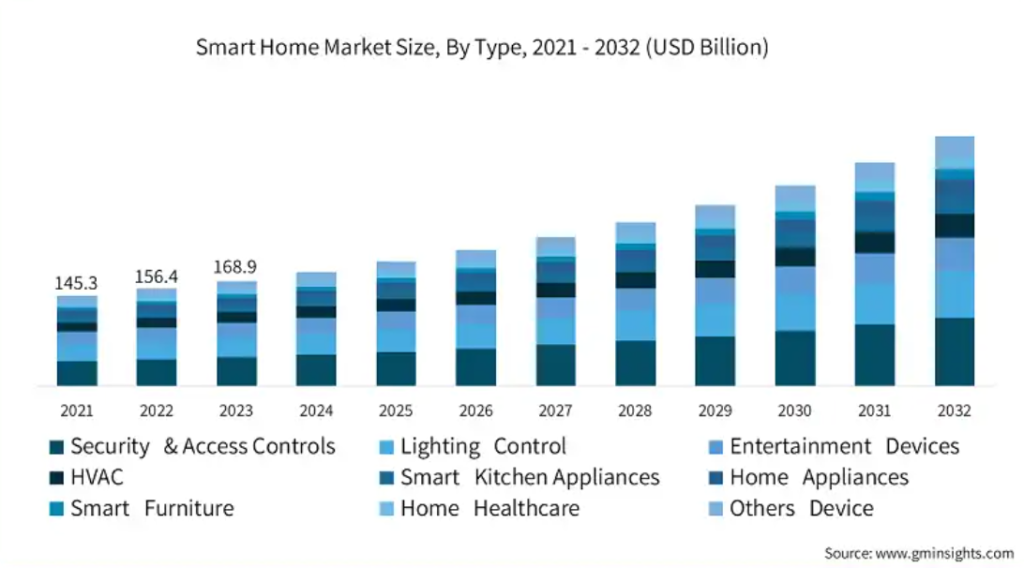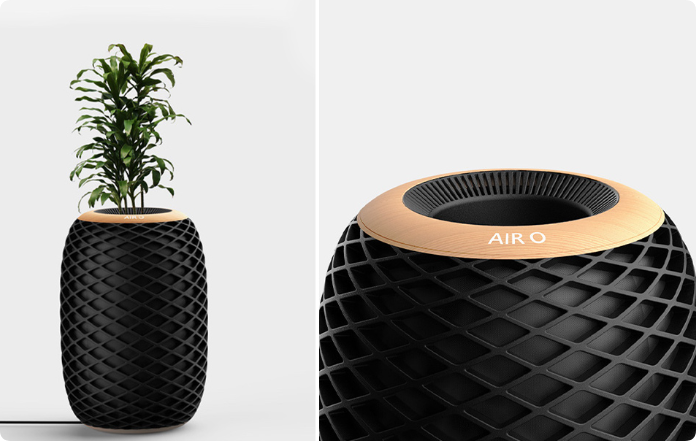The intersection of craftsmanship and technology has reshaped industries, and the ceramic vase market is no exception. As the global demand for smart home products surges, manufacturers are revolutionizing traditional designs by embedding smart technologies into their ceramic creations. This article explores how ceramic vase manufacturers are embracing innovation, analyzing market trends, key features, and the benefits of smart vases for B2B buyers such as home décor retailers, gift suppliers, and cross-border e-commerce sellers.
The Rise of Smart Home Integration in Ceramic Vases
Why Smart Technology?
The global smart home market is projected to reach $222 billion by 2026, with a significant portion dedicated to aesthetic yet functional décor. Smart ceramic vases, a perfect blend of traditional artistry and modern technology, appeal to tech-savvy consumers seeking multifunctional home items.

Evolution of Ceramic Vases
Traditionally, ceramic vases were valued for their artistic and cultural significance. However, modern consumers demand more than just aesthetics. They seek functionality—vases that complement smart homes while retaining their artistic appeal.
Smart Features in Ceramic Vases
1. IoT Integration
Modern ceramic vases can connect to smart home systems like Alexa, Google Home, or Apple HomeKit. These integrations allow users to monitor plant health, control lighting, or even track air quality.
2. Self-Watering Systems
Smart ceramic vases now include automated watering mechanisms. Sensors detect soil moisture levels and dispense water as needed, making plant care effortless for busy homeowners.
3. LED Illumination
Embedded LED lights not only enhance the ambiance but can also change colors based on the user’s mood or room lighting conditions.
4. Air Purification
Some advanced models feature air-purifying capabilities by combining ceramic filters with activated carbon, making them both decorative and functional.
5. Customizable Designs
Manufacturers offer OEM and ODM options to create smart vases tailored to specific customer needs, from unique glaze finishes to advanced technical features.
Market Trends
1. High Demand in Developed Markets
Regions like North America and Europe show a growing preference for smart vases as part of their smart home ecosystems.
2. Eco-Friendly Materials
Sustainability is a significant trend. Manufacturers are focusing on biodegradable ceramic materials and energy-efficient technology.
3. Bespoke Solutions for B2B Clients
Global B2B buyers are increasingly looking for customizable smart vases to meet diverse consumer demands, whether for luxury gifts or mass-market items.
Comparative Table: Traditional vs. Smart Ceramic Vases
| Aspect | Traditional Ceramic Vases | Smart Ceramic Vases |
|---|---|---|
| Primary Function | Decorative | Functional (e.g., air purification, IoT) |
| Target Audience | Art enthusiasts, decorators | Tech-savvy homeowners, smart home users |
| Customization | Limited | Extensive (OEM, ODM with smart features) |
| Price Range | Low to mid-range | Mid to high-range |
| Maintenance | Manual cleaning, watering | Automated self-care systems |
Benefits for B2B Buyers
- Increased Consumer Appeal
Smart ceramic vases combine aesthetics with practicality, making them attractive to a broader audience. - Higher Margins
The inclusion of smart technology justifies a premium price, ensuring better profit margins for retailers. - Brand Differentiation
Retailers offering advanced products like smart vases can stand out in competitive markets.
Challenges in Manufacturing
- Integration of Technology
Balancing the aesthetic appeal of ceramics with embedded technology requires advanced manufacturing techniques. - Cost Concerns
Smart technology components increase production costs, potentially limiting market accessibility. - Durability Issues
Ensuring that electronic components withstand high-temperature ceramic production processes can be challenging.
Case Studies: Pioneering Smart Ceramic Vase Designs
1. Company A: Redefining Air Purification
A leading manufacturer introduced a ceramic vase with integrated air-purifying technology, targeting urban homeowners.

2. Company B: LED-Integrated Designs
Their vases feature customizable LED lighting that syncs with music, offering a unique sensory experience.
3. Company C: Self-Watering Systems
With IoT-enabled watering systems, these vases gained traction in North America for their plant care automation.
Tips for B2B Buyers
- Assess Your Target Market
Determine whether your consumers value aesthetics, functionality, or both. - Focus on Customization
Partner with manufacturers who offer OEM/ODM options to cater to diverse customer needs. - Emphasize Sustainability
Eco-friendly materials and energy-efficient technologies are vital selling points.
Conclusion
Smart ceramic vases represent the future of home décor, blending technology with timeless artistry. By adopting these innovative products, manufacturers and B2B buyers alike can stay ahead in the competitive smart home market. For home décor retailers, gift suppliers, and cross-border sellers, investing in smart vases is not just a trend but a strategic move toward meeting evolving consumer preferences.
At Hale, we specialize in crafting customizable ceramic products with cutting-edge technology. Contact us to explore OEM and ODM options tailored to your business needs!

